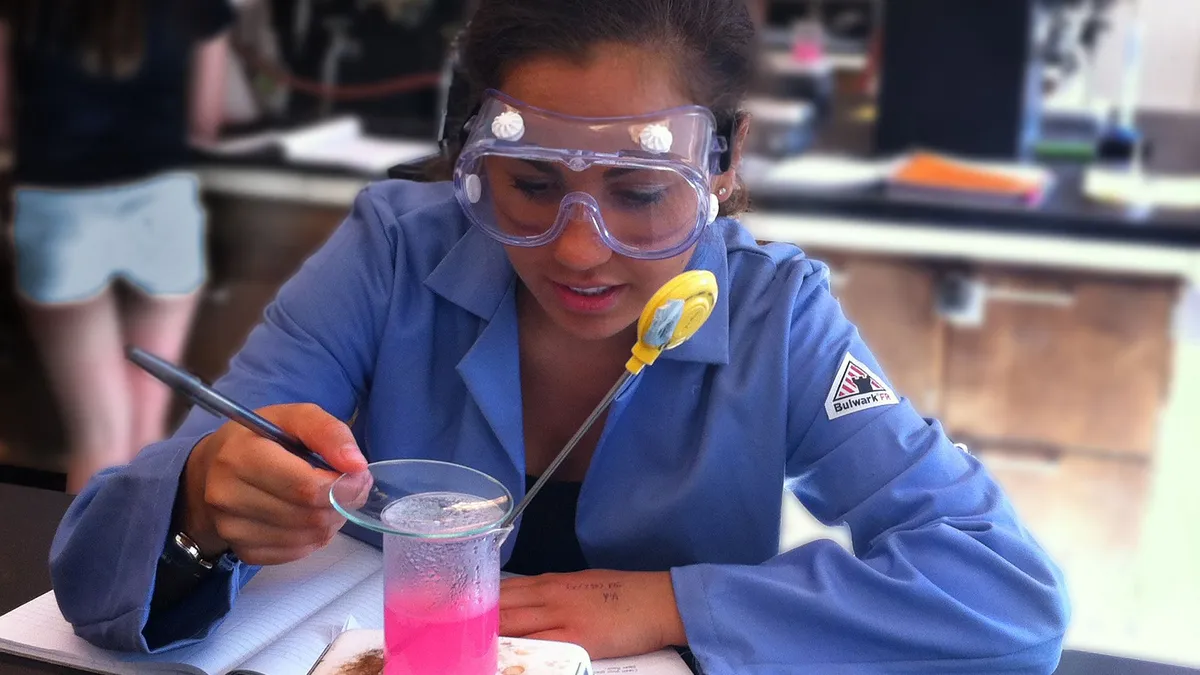Dive Brief:
-
J.W. Mitchell High School in New Port Richey, Florida, is the first in the country to use synthetic frogs for dissections instead of real ones, Time reports — and while the fake frogs cost $150, they can be reused.
-
The imitation frogs are made of water, fibers and salts by the company SynDaver, which manufactures human and animal models for medical simulation, education and medical devices.
-
In addition to being more animal-friendly, the synthetic frogs feature the authentic textural properties of a female frog and are free of chemicals, such as formaldehyde. PETA claims 3 million frogs are killed per year for use in classrooms.
Dive Insight:
The ongoing debate over whether animal dissection is necessary continues in California, where a proposed bill, AB 1586, would ban animal dissections in any K-12 school. Also known as the Replacing Animals in Science Education Act, the legislation claims dissection is costly, exposes students to carcinogens, and is harmful to animals and the environment. It argues alternatives such as 3D models, interactive tech and other substitutes are suitable replacements.
As for teachers, most believe animal dissection is an important part of education and science is about “getting your hands dirty,” Jaclyn Reeves-Pepin, executive director of the National Association of Biology Teachers, told Chicago Tribune.
Some students, on the other hand, are less enthusiastic about cutting up dead animals. Jennifer Graham, who in 1987 refused to cut into a dead frog, sued her school district and demanded students be given a choice to not dissect. California later passed legislation upholding a student’s right to opt out of dissections.












